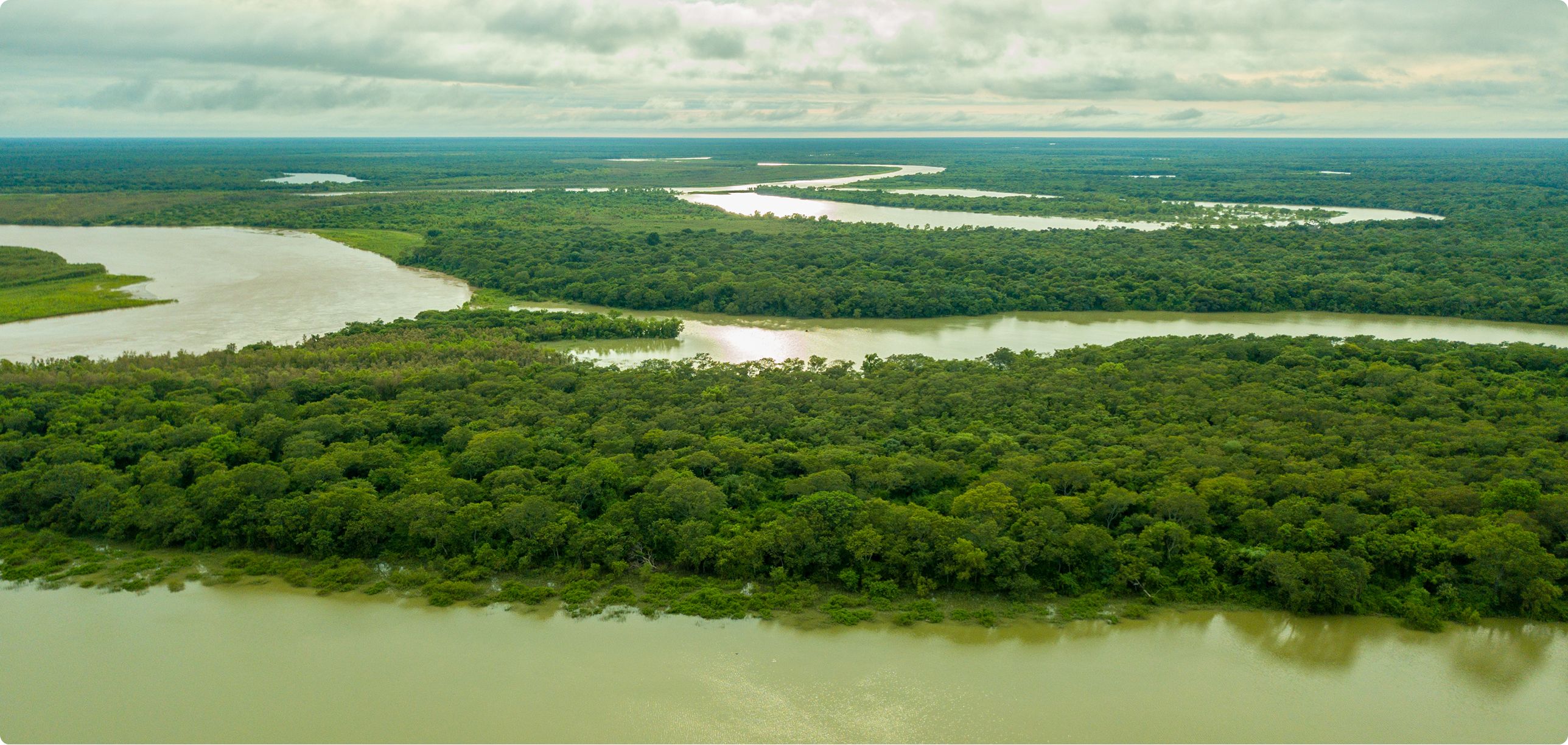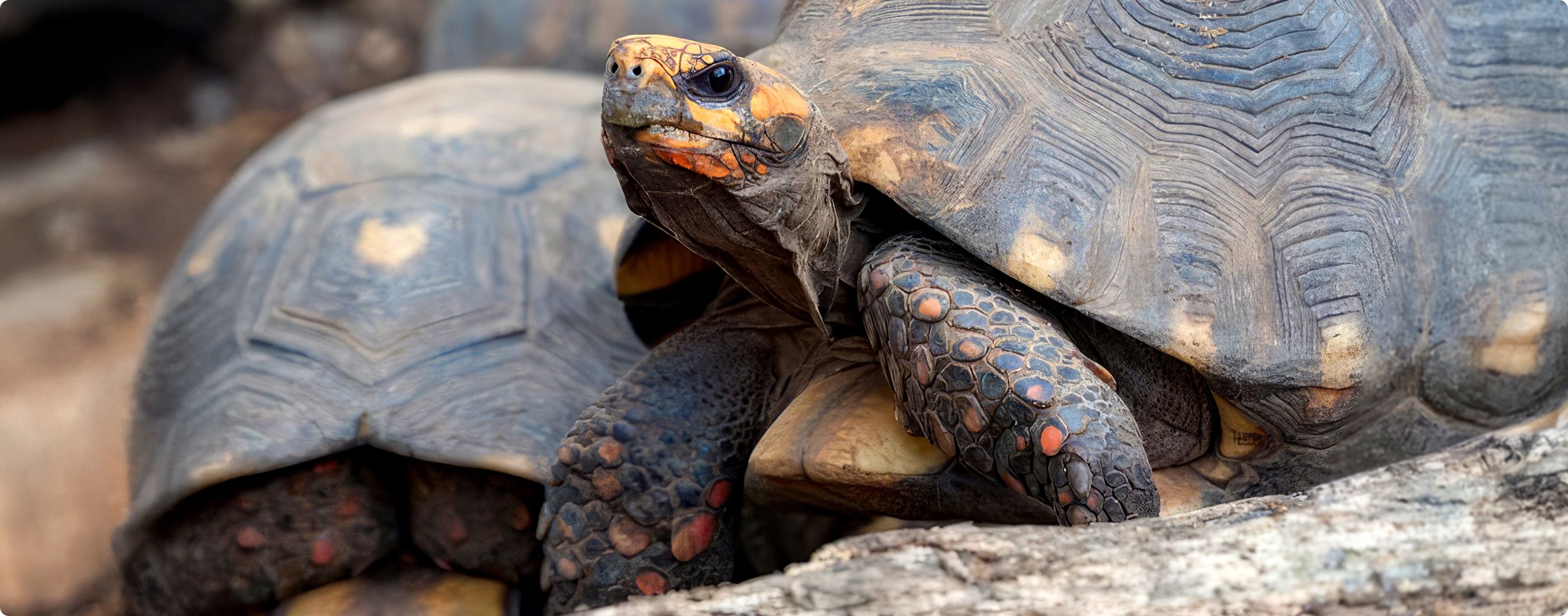
Red-footed Tortoise
STATUS
Ongoing
Region
El Impenetrable Park, Argentina
Protected Species
Red-footed Tortoise
Chelonoidis carbonarius
Vulnerable
About the Program
The Turtle Conservancy supports Fundació Rewilding Argentina, which continues toward establishing a self-sustaining population of the Red-footed Tortoise (Chelonoidis carbonarius) at El Impenetrable National Park (EINP). This tortoise is a critical component of the ecosystem, often called “gardeners of the forest” due to their role in dispersing seeds and regenerating forests, maintaining genetic diversity in a region hardly hit by deforestation. With adult individuals weighing more than 40 pounds, the Red-footed Tortoise is Argentina’s largest land turtle species and second largest in South America.
Help us raise funds to help this important initiative
Fundraising Goal: $30,000
To support the monitoring of released tortoises
Donate Now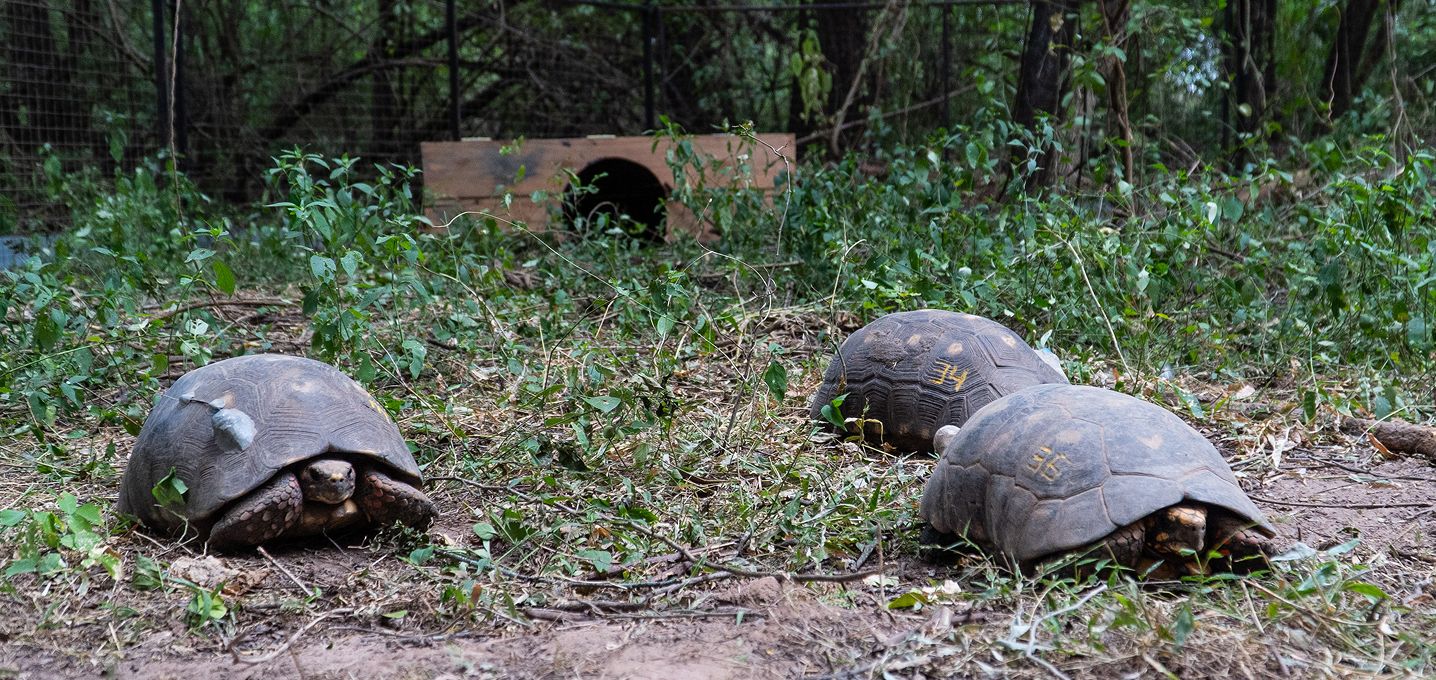
According to Sebastián Di Martino, Conservation Director of Rewilding Argentina, “The Red-footed Tortoise disappeared in Argentina for several reasons, including hunting and the illegal pet trade. But the widespread destruction of the Chaco forest, their habitat, is another cause of extinction. In fact, the last known population in Argentina lived in a forest razed to plant soybeans.”
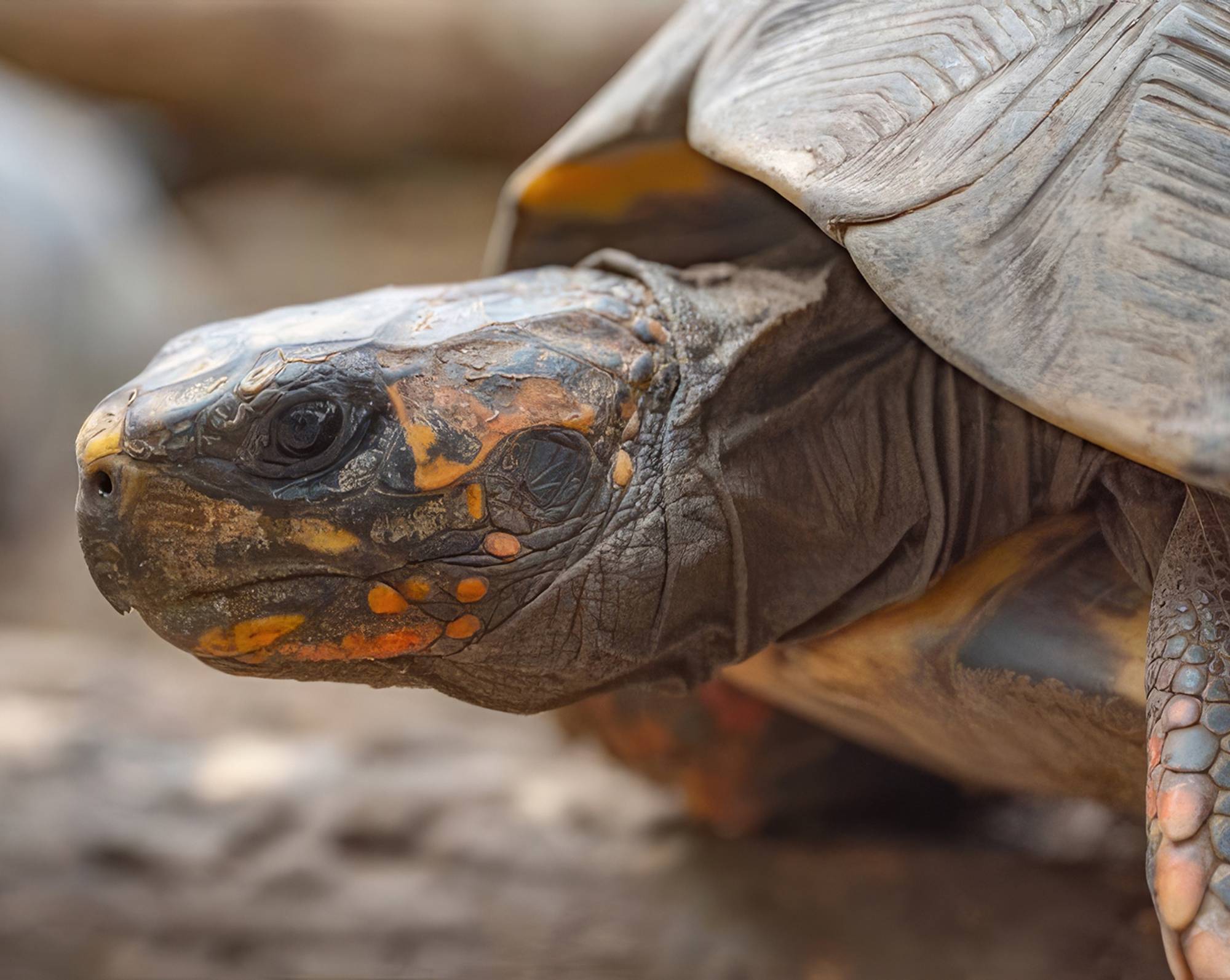
Red-footed Tortoise (Chelonoidis carbonarius)
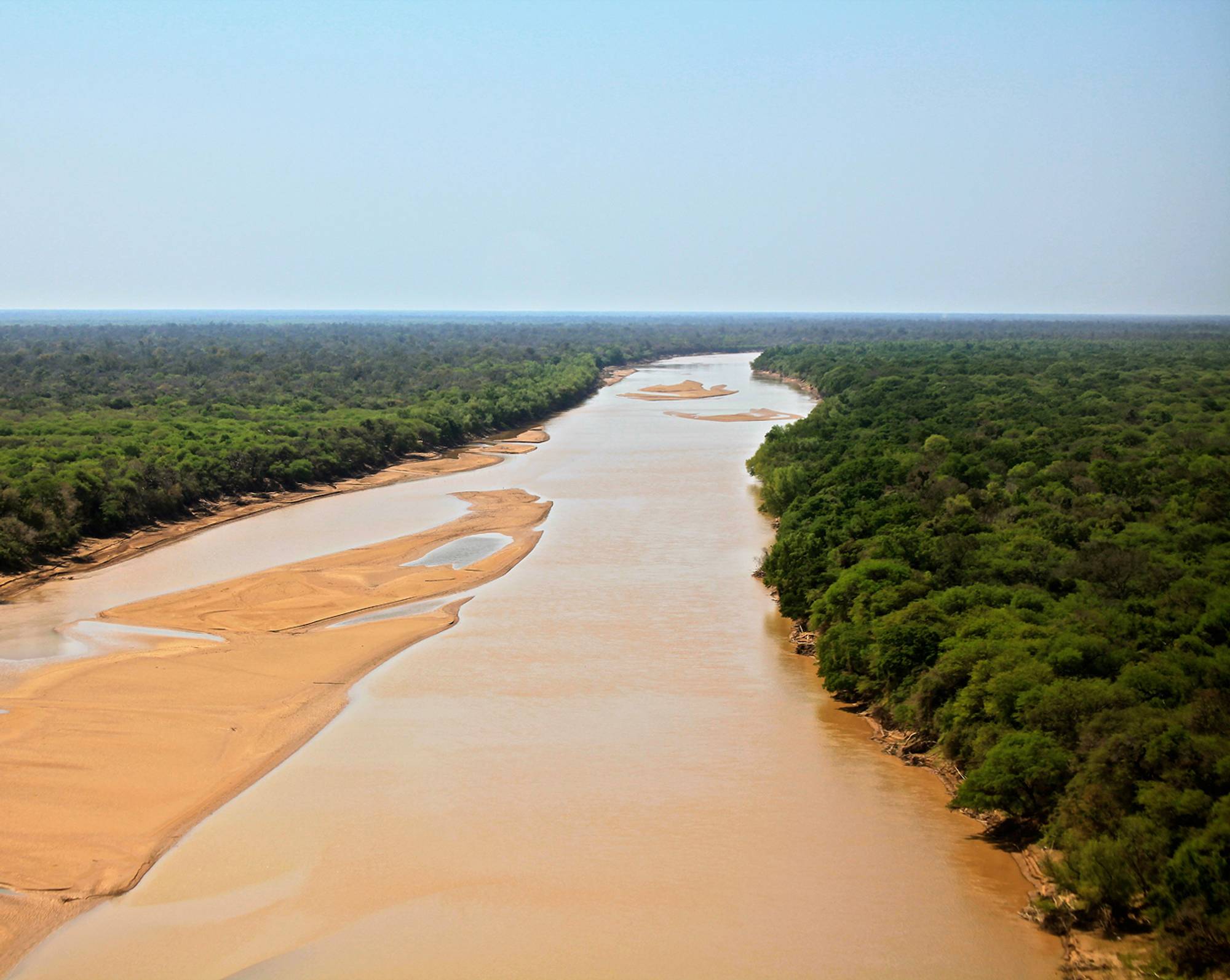
The habitat of the tortoise
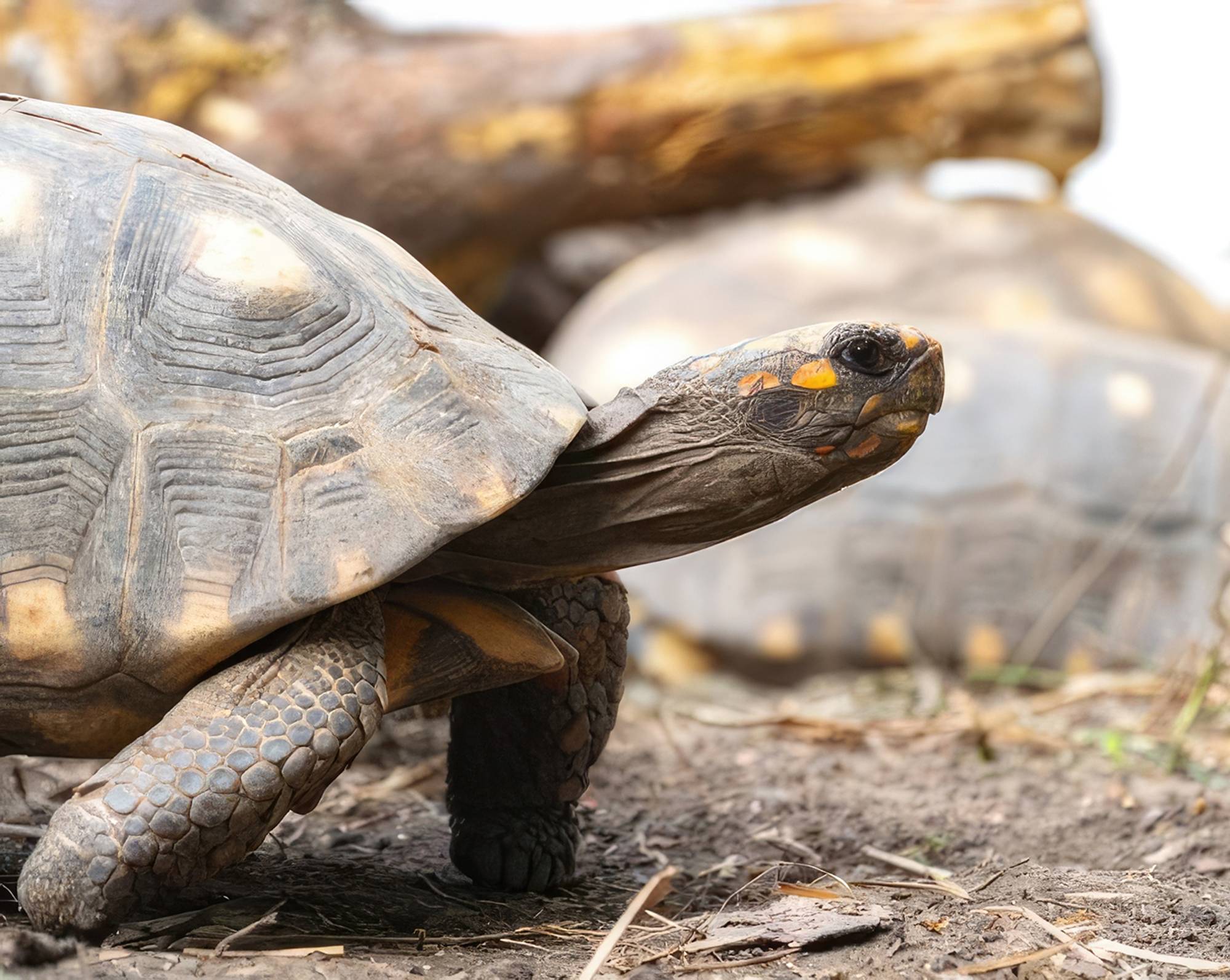
A tortoise being released in the wild
How we protect the species
In 2022, 38 tortoises rescued from the illegal pet trade in Paraguay were imported to Argentina to be released in the wild. The Red-footed Tortoises underwent a lengthy quarantine in Argentina before their transfer to El Impenetrable National Park. After serious health screenings and acclimatizing in a pre-release area for several weeks, the first 10 specimens were released in 2022. This conservation strategy is called rewilding and seeks to recover healthy, complete, functional ecosystems by bringing back locally extinct species and supplementing threatened species. The rest of the group was released in different batches during the wet season of 2023.
During the pre-release period, the tortoises are held in semicaptive conditions, fed and provided with water. After acclimation, they are set free in their new environment, with newly released tortoises monitored on a daily basis through VHF transmitters. This initial monitoring stage, which lasts 30 days, allows evaluation of the initial adaptation to the wild of the tortoises. Observations include the shelters they use, activity, distance moved from previous locations, inhabited environments, and food preferences. After this initial stage, only five tortoises of the group will be monitored on a daily basis.
This thriving population is regularly monitored and found in good condition, feeding from native plants, fruits, carrion, snails, and mushrooms, and engaging in reproductive behavior.
